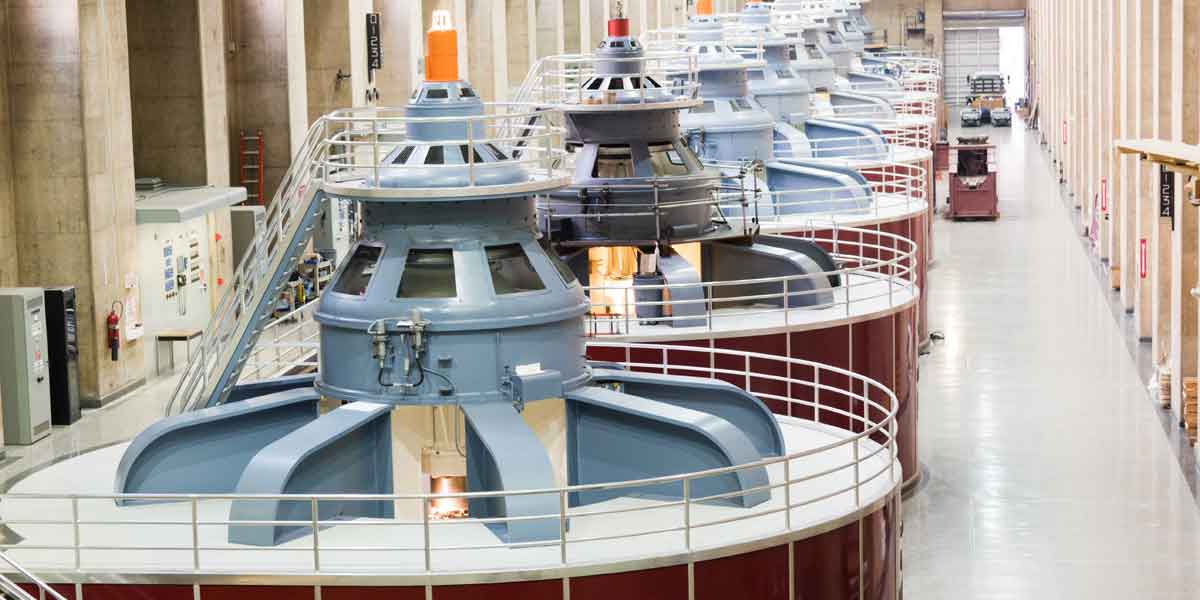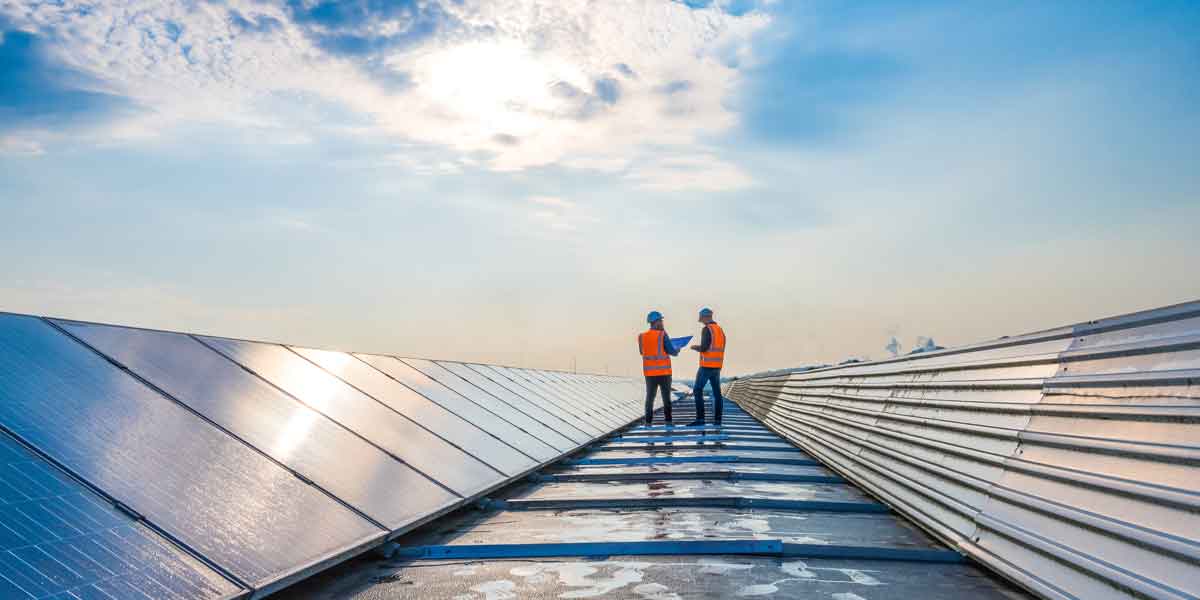Securing Critical Infrastructure: The Future of Intelligent Lockers in Energy and Utilities
The security of critical infrastructure sectors, including energy, water, and telecommunications, has never been more vital. As these industries face increasing threats from cyber-attacks, physical breaches, and natural disasters, there is a growing need for innovative solutions that can safeguard their assets. One such solution that is gaining traction is the use of intelligent lockers. These smart systems are more than just storage solutions—they are pivotal components in securing the critical infrastructure of our modern world. This article explores how intelligent lockers can be utilized to protect essential infrastructure sectors, focusing on energy, water, and telecommunications.
Understanding Critical Infrastructure and Its Vulnerabilities
Critical infrastructure refers to the assets, systems, and networks that are essential to a nation’s security, economy, public health, and safety. This includes the energy sector (such as power plants and grids), water supply systems, telecommunications networks, and more. Disruptions of these services can have catastrophic consequences, ranging from economic losses to national security and public safety threats.
Critical infrastructure vulnerabilities are multifaceted. On the physical front, unauthorized access, sabotage, and theft pose significant risks. On the cyber front, digital threats like hacking, ransomware, and data breaches can compromise the integrity and availability of essential services. As these sectors become increasingly digitized and interconnected, the lines between physical and cyber threats blur, requiring comprehensive solutions that address both security realms.

What Are Intelligent Lockers?
Intelligent lockers are advanced storage systems with smart technology, such as IoT (Internet of Things) connectivity, RFID (Radio Frequency Identification), biometrics, and cloud-based management software. These lockers provide secure access control, real-time monitoring, and data analytics, offering far more than traditional locking mechanisms. They can be customized to meet specific security needs, making them highly adaptable for critical infrastructure protection.
The Role of Intelligent Lockers in Critical Infrastructure
1. Enhanced Access Control and Security
One of the primary functions of intelligent lockers is to provide enhanced access control. Securing access to sensitive areas and equipment is paramount in critical infrastructure sectors. Intelligent lockers can be programmed to allow access only to authorized personnel using biometrics, PIN codes, or access cards. This level of control helps prevent unauthorized access and reduces the risk of internal threats, such as employee theft or sabotage.
Moreover, intelligent lockers can be integrated with security systems, such as surveillance cameras and alarms, to create a comprehensive security network. This integration allows for real-time monitoring of access events and immediate response to any breaches, significantly improving the overall security posture of critical infrastructure sites.
2. Asset Management and Inventory Control
Critical infrastructure sectors often rely on specialized equipment and tools that must be managed carefully. Intelligent lockers can be crucial in asset management by providing a secure and organized way to store and track tools, keys, and other items. With features like RFID tagging and automated inventory tracking, intelligent lockers can help ensure that assets are always accounted for and available when needed.
For instance, workers in the energy sector need access to readily available and secure tools and safety gear. Intelligent lockers can track who accessed which item and when providing a complete audit trail. This improves accountability and helps prevent loss or misuse of critical assets, ultimately leading to more efficient operations.
3. Data Integration and Analytics
One of the standout features of intelligent lockers is their ability to collect and analyze data. These lockers can provide valuable insights into usage patterns, security events, and inventory levels by integrating with IoT and cloud-based platforms. This data can be leveraged for critical infrastructure sectors to optimize operations, enhance security protocols, and make informed decisions.
For example, in the water utilities sector, intelligent lockers can monitor the frequency of access to certain tools or equipment, helping managers identify maintenance trends and predict future needs. In telecommunications, data from intelligent lockers can be used to ensure technicians have timely access to the equipment needed for repairs, reducing downtime and improving service reliability.
4. Supporting Remote and Decentralized Operations
As critical infrastructure sectors embrace digital transformation, there is a growing shift towards remote and decentralized operations. Intelligent lockers support this trend by providing secure access to tools and equipment across multiple locations. Whether in remote power substations, water treatment plants, or telecommunications hubs, intelligent lockers ensure that people can access the right tools, regardless of location.
For instance, remote wind farms or solar installations in the energy sector can be equipped with intelligent lockers that store specialized tools and safety equipment. Technicians can access these items using secure authentication methods, and managers can monitor usage remotely via cloud-based platforms. This improves operational efficiency and reduces the need for centralized storage and the associated logistical challenges.

Intelligent Lockers in Specific Critical Infrastructure Sectors
Energy Sector
In the energy sector, securing physical assets is critical to preventing disruptions to the power supply. Intelligent lockers can be deployed in power plants, substations, and other sensitive areas to control access to necessary equipment and tools. They can also secure keys for access points, such as gates and control rooms, reducing the risk of unauthorized entry.
Additionally, intelligent lockers can help in emergency response by providing rapid access to essential gear, such as fire extinguishers, first aid kits, and protective equipment. By integrating with emergency alert systems, these lockers can automatically release critical supplies in response to alarms, improving response times and potentially saving lives.
Water utilities face unique challenges in securing their physical infrastructure and the safety of the water supply. Intelligent lockers can be used to secure access to chemical storage areas, treatment plant controls, and critical pipelines. They can also help manage access to safety gear, such as hazmat suits and respirators, ensuring that workers are properly equipped when dealing with hazardous materials.
Furthermore, intelligent lockers can assist in managing the distribution of maintenance tools and testing equipment. By tracking the use of these items, water utilities can streamline maintenance processes, reduce downtime, and ensure that all equipment is regularly inspected and calibrated.
Telecommunications
The telecommunications sector relies on a vast infrastructure network, including data centers, cell towers, and fiber optic networks. Securing these assets is crucial to maintaining service reliability and protecting sensitive data. Intelligent lockers can be used to control access to critical areas, such as server rooms and network hubs, where unauthorized access could compromise operations.
Intelligent lockers can also be employed to manage network testing tools, spare parts, and other equipment distribution. By providing secure and traceable access to these items, telecommunications companies can improve inventory management, reduce theft and loss, and ensure that field technicians have the necessary tools to maintain network integrity.
The Future of Intelligent Lockers in Critical Infrastructure
As technology continues to evolve, the capabilities of intelligent lockers are expected to expand, offering even more significant benefits for critical infrastructure protection. Future advancements may include enhanced AI-driven analytics, predictive maintenance features, and deeper integration with other security and operational systems.
For example, AI algorithms could analyze access patterns to predict potential security breaches or optimize equipment usage. Intelligent lockers could also be equipped with environmental sensors to monitor conditions such as temperature, humidity, or chemical exposure, providing additional protection for sensitive equipment.
Moreover, as cyber security’s importance continues to grow, intelligent lockers may incorporate advanced encryption and secure communication protocols to protect data and ensure the integrity of access control systems. This will be especially important as critical infrastructure sectors become more interconnected and reliant on digital technologies.
Protecting critical infrastructure is a complex challenge that requires innovative solutions to address physical and cyber threats. Intelligent lockers offer a versatile and effective way to enhance security, improve asset management, and support the evolving needs of the energy, water, and telecommunications sectors. By providing secure, controlled access to essential tools and equipment, intelligent lockers help safeguard our society’s vital systems.
As the landscape of critical infrastructure continues to change, the role of intelligent lockers is set to become increasingly important. By embracing this technology, organizations can protect their assets and enhance operational efficiency, resilience, and adaptability in the face of emerging threats. The future of intelligent lockers in critical infrastructure is bright, and their potential to revolutionize security and asset management is only beginning to be realized.
Address
USA | 7986 Rasor Dr., Frisco, Texas
CAN | 23172 123 Ave., Maple Ridge, BC
Phone
USA | 1-844-906-2175
CAN | 604-477-2262
